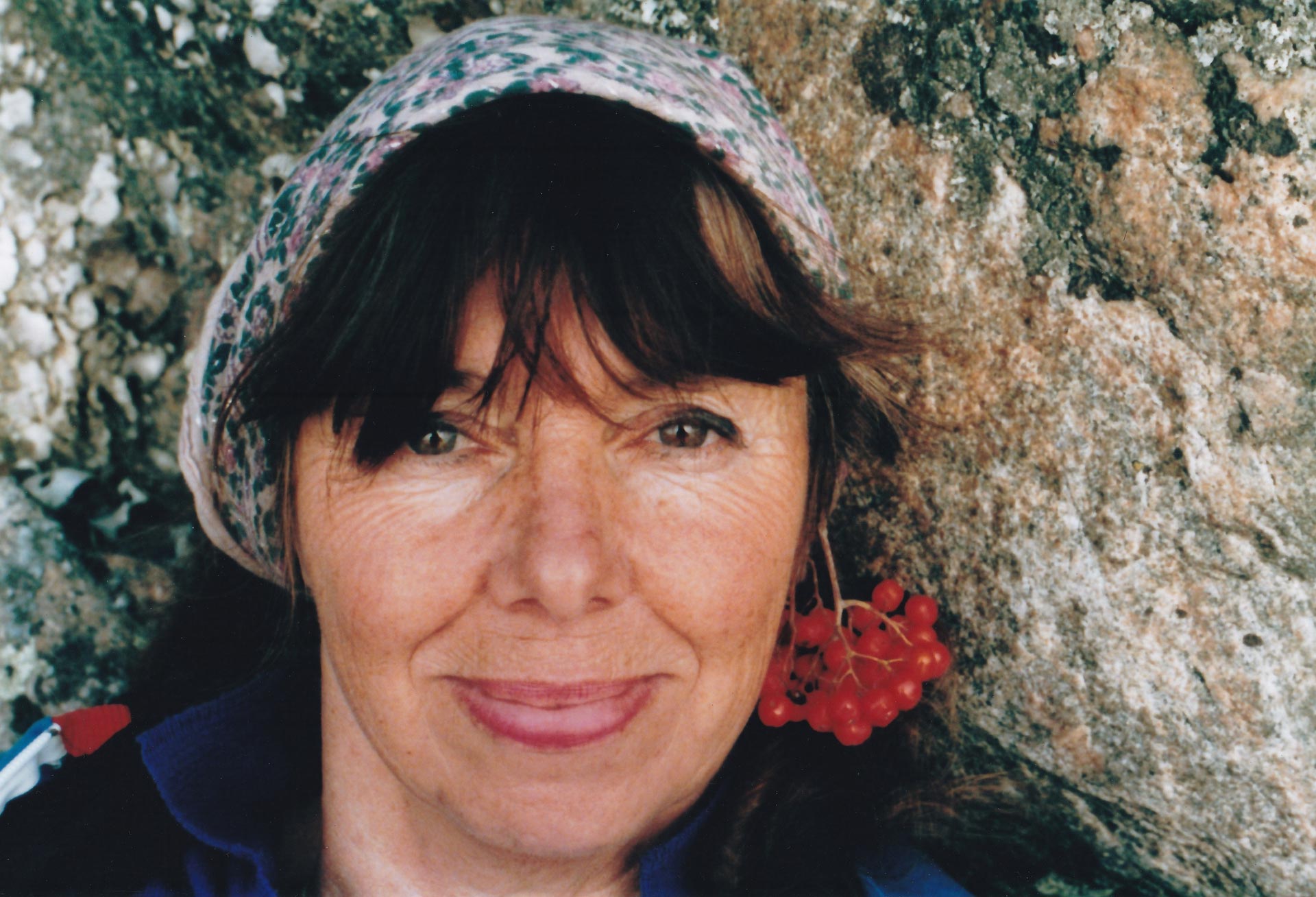My life is painting and travel to places both close to home and far away. It has been a challenge to exhibit at least once each year during the last half century. Encounters and social intercourse with people are expressed in my art. My true ambition is to depict this wonderful gift of life through my own temperament and hopefully to offer something of value to others.
I was destined to become the right hand of Marcus Wallenberg who belonged to the famous Swedish dynasty which founded Enskilda banken. At least that was my father’s dream. After three years at Enskilda banken I fled to England in 1949 to work as an au pair girl at a boarding school for young men. After one year of hard work there I turned to France. I continued in the same role for two years, working in many different places, from slums to a beautiful mansion near Lake Geneva. When I returned home, I entered the University College of Arts in Stockholm and studied there during the following three years. In order to afford it I worked full time between 9 am and 6 pm at Nordiska Kompaniet, an old and renowned department store in Stockholm, and attended courses in the evenings. I was balled out each time I came late to the college. The evening classes ended at 9.45 pm and the quick walk home took only 35 minutes. There wasn’t any time for foolishness out on the town.
In 1955, during my summer vacation, I got a kitchen job at the Gerlesborg School of Fine Art in Bohuslän. There I met the founders of the school, Arne Isaksson, Georg Suttner and Hans Fromén. This became a turning point in my life. Georg Suttner was a truly gifted educator and became my mentor for the rest of my life. I advanced from the kitchen to a position as school secretary for Arne Isaksson, the principal. His unlimited devotion to the school demanded the same of everyone working there. Antoinette Wolf, the Swedish pianist, could only play on a special grand piano, which I arranged for her.
Many fine musicians performed there that summer, including Maurice Karkoff, Gunnar Eriksson, Sven-Erik Johansson and Endre Wolf. I associated also with artists such as Eiler Bille, a member of COBRA, Per Lindekranz, Arne Cassel, Olle Ängqvist, Lissie Olsson, Otte Skiöld, Torsten Renqvist, Vera Nilsson, Evert Lundqvist and Ebba Reutercrona.

It probably never rained during the summer of 1959 and I was confined to a horribly stuffy and hot office. I was so envious of the art students who ran around with their easels and canvases and took frequent dips in the sea at Bottnafjorden. The sun was merciless and even seemed to set the grass on fire. A terrible storm hit the area and I sought refuge in an outhouse which I feared would be blown into the sea. My ambitions of becoming an artist seemed to be realized that year.
In the autumn I was accepted to the Royal Swedish Academy of Fine Arts along with Lena Cronqvist and Ellinor Taube, among others. Lena became a celebrity in no time and Ellinor was injured in a serious car accident in Spain, but I am still alive and well now! My professor at the art school nicknamed “Mejan” was Lennart Rodhe. Several of my fellow students during my six years there went on to become good artists. Among them were Jan Brauner, Olle Bauman, Peter Dahl and Hans Wiksten. Next to mine was the studio of Evert Lundqvist. His ability to inspire and convey a deep sensibility to his students was unique and helped many including Hans Wigert.
In addition to three years at the University College of Arts in Stockholm (1953-56) and shorter periods of study at Academie Julien in Paris, Academie Libre in Stockholm and Gerlesborg School of Fine Art in Bohuslän, my art education consisted of five years in the department for painting (1959-64) and one extra year of glass art and mural painting in the graphic arts department of the Royal Swedish Academy of Fine Arts and later a few semesters of art history at Stockholm University (1981-2).
After “Mejan” I entered the real world in 1964 and tried to make a living on my painting. My life as a painter included extra jobs during the first years in order just to get by. My first exhibition was at Galleri Prisma in 1966. The gallery was popular, and I was so fortunate if not just lucky that it became a success in every way.
Since the 1950s abstract art received more acclaim and this trend continued ever since. Trips primarily to France inspired me greatly in the use of abstraction. Especially in the beginning of the 1960s in Paris, I became convinced that I could express whatever I wished if I did it well.
